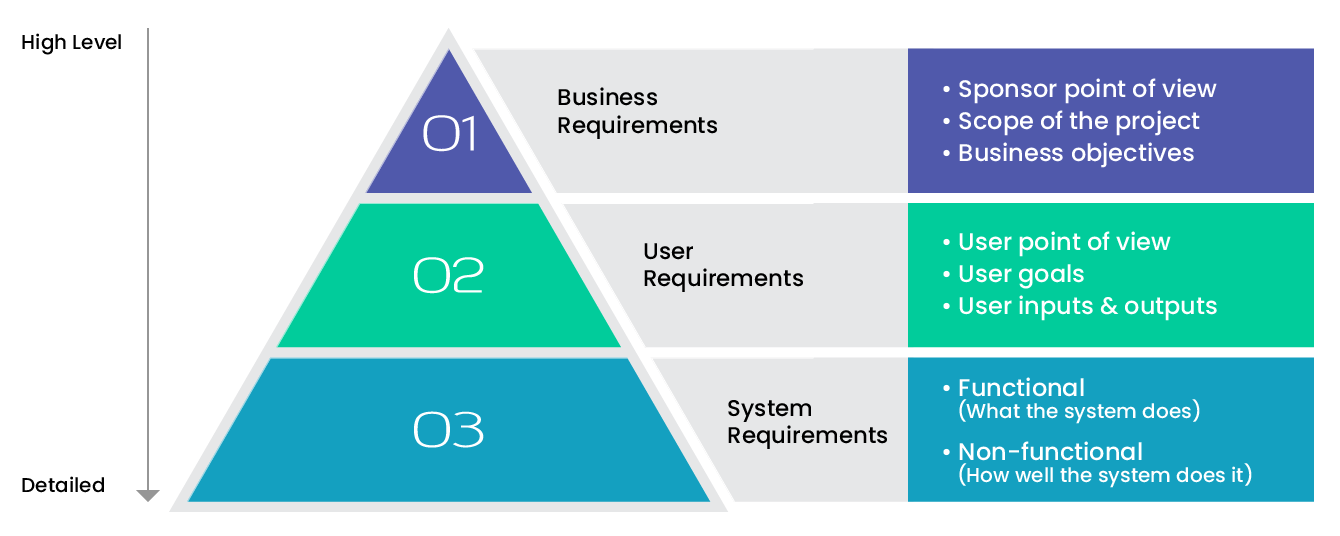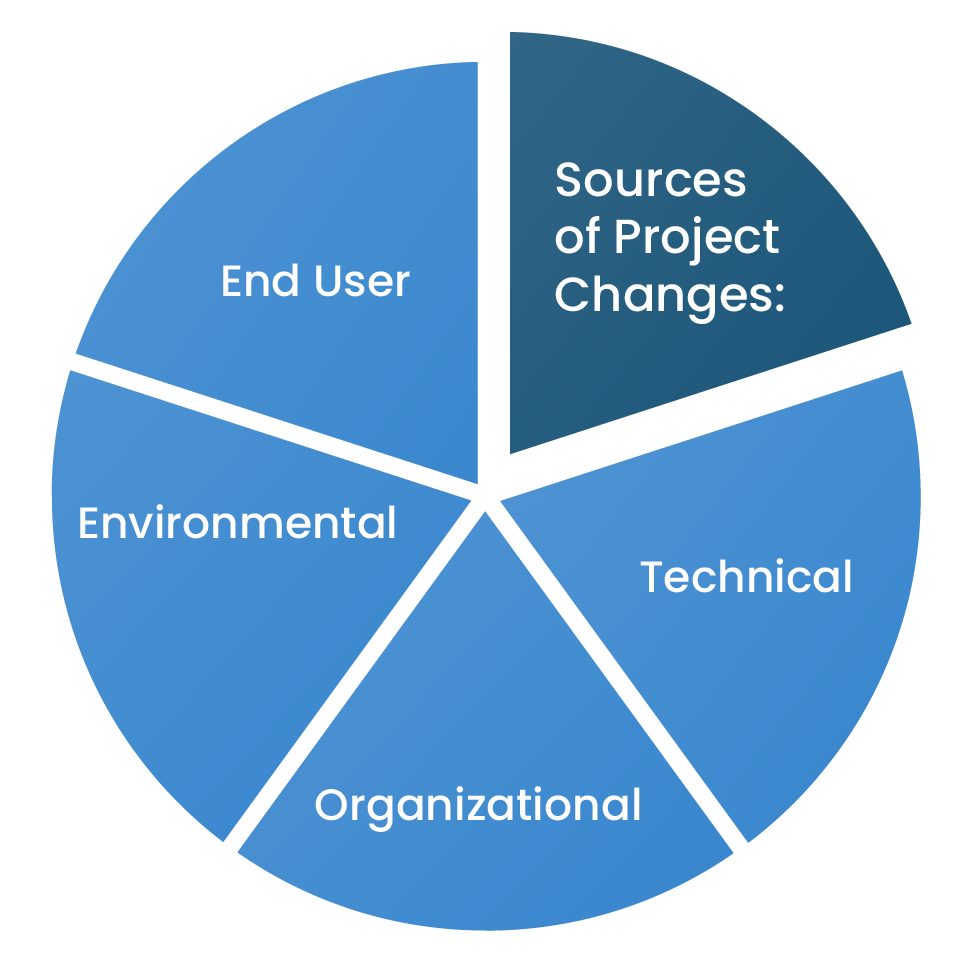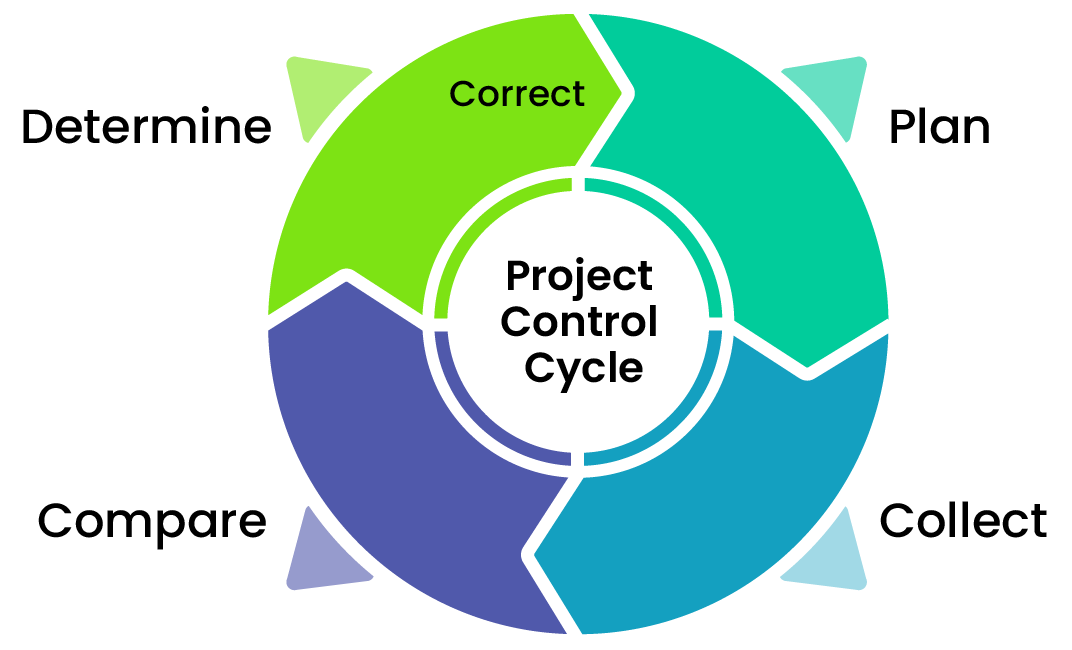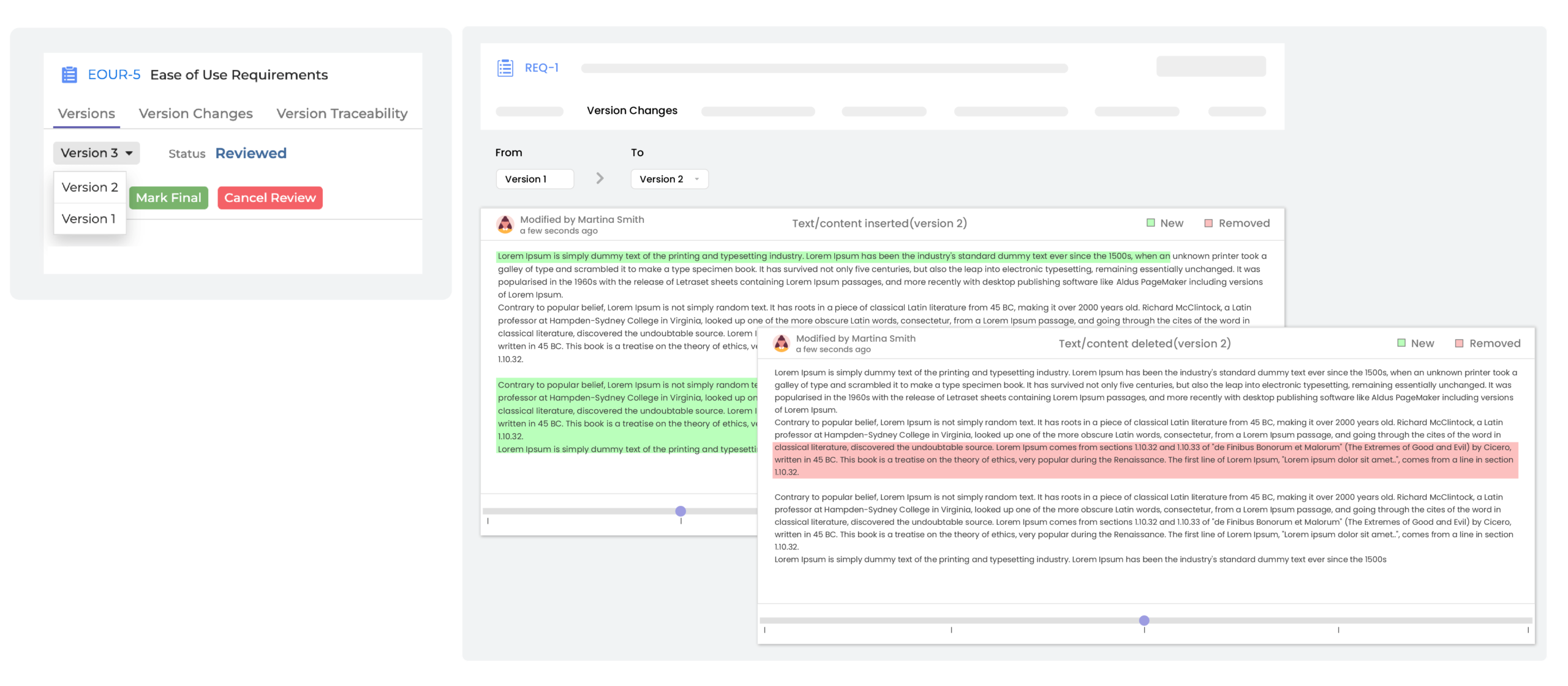As every project manager knows, a project has many moving parts. All of these have to be monitored regularly for the project to be a success.
The starting point is always the project brief. In a nutshell, a good project brief should lay out the following:
- The project summary and objectives
- The deliverables
- Quality control standards
- Team and enterprise responsibilities
- Deadlines
- Scope of work and project requirements
Project managers need to keep an eye on all of these as the project progresses. One of the most important aspects is the last one: project requirements.
Project requirements are the conditions that need to be fulfilled and the tasks that need to be completed. They provide an overview of the entire project. They also align resources with the final output.
Often, projects that go well from start to finish are those in which all the stakeholders are clear about requirements from the start. However, during a project, project managers can face changing requirements.
It is critical to manage the issue of changing requirements. According to a conference paper at the Project Management Institute:
“It can cost 1,000 times more to fix a requirements problem during the execution phase (or worse, after the project has been delivered) than if that same problem were discovered in the planning phase.”
This means that handling project management change is a key skill. It can make the difference between a successful project and one that must be redone time and again. In the real world, there are shifting conditions and expectations – and therefore, requirements often shift, too.
In this piece, we’ll dive deep into the subject of project change requirements. We’ll cover why requirements change, what to do about it, and how to manage it. Because a project manager who is skilled in requirements change management is more likely to succeed.
What are Project Requirements?

According to the Project Management Institute, requirements are “capabilities that a product must meet to satisfy a user’s need to solve a problem.”
Such project requirements can conveniently be grouped under two heads.
- Functional requirements: these are conditions that the product must satisfy for user needs. They are fundamental capabilities that the project must live up to in order to achieve its purpose.
- Non-functional requirements: these are aspects such as usability, performance, reliability, and security. These are the desired technical standards that the project must deliver.
Another way to look at requirements is from the viewpoint of the different groups involved in the project.
- Business requirements: these indicate the value of the project to the company and the client.
- Stakeholder requirements: these describe the needs of various stakeholders, from governing boards to investors to regulatory bodies.
A basic example of project requirements for a software project would be metrics of system reliability, data storage, back-up processes, and the ability to work offline. These could be subject to change during a project.
For a project manager, the project requirements process should involve identifying stakeholder needs, documenting them carefully, and then managing them during the project work.
Why Do Requirements Change?

Changing requirements is a common feature of most projects. That is why project change management is important. The question is: why do changing requirements occur so frequently? For project managers, an understanding of the issues will help to manage and prevent changes.
- The project document may not have listed all the requirements at the start of the project. Sometimes, this can be a simple error or oversight.
- There is a lack of proper communication between stakeholders. Some groups may feel that their concerns have not been adequately considered, or there could be a misunderstanding about project expectations.
- An absence of clarity from the outset about the nature of the project and the necessary factors for success. Because of this, clients or stakeholders could cause change requirements as the project progresses.
- There could be changes that result from shifts in competitive activity or the marketplace. A new consumer need could arise, or a competitor could introduce a similar product.
- Finally, changing requirements could also occur because of a change in underlying conditions. For example, there could be a technological development which means changing project specifications. Or there could be legal and statutory changes which means that project standards must be different.
Preventing and Preparing for Change Requirements

Requirements change management is a skill that every project manager should practice. It saves time and money and improves the chances of project success.
The most efficient tactic is to minimize the chances of changing requirements from the start of the project. Some amount of requirements change may be inevitable. However, it can be minimized.
- Make sure that the project documentation is detailed and clear. There should be no ambiguity about project standards and the conditions for successful completion.
- Proper communication is vital. Before the work on the project starts, all stakeholders should have had their say. Their concerns and advice should be taken into account.
- The project team should also share its views. Sometimes, they may feel that certain requirements are unreasonable with the budget and timeline. This will save trouble once the project work starts.
- The consequences of changing requirements should be clarified at the outset. For example, it could mean a changed timeline, additional resources, or an expansion in project scope.
- A change control process should be put in place. This can spell out what changes are possible and what flexibility will be needed. Stakeholders can be reassured that some amount of changing requirements will be possible – however, there are boundaries set to their amount and nature.
- If requirements start to change, there should be a policy for how these are handled. For example, there can be a review or approval process for changes in schedule, technical conditions, and risks.
Managing Requirements Changes Once the Project Starts
With the above steps, project managers can be ready for project management change. They will know how to communicate with stakeholders and teams about the changed circumstances. They will also be clear about the effects of changed requirements.
- Once a change is requested, a quick review can be carried out regarding the effect on timelines and budget.
- If the change is way outside the scope of the project, the reasons why it will be difficult to implement can be communicated.
- If a requirement change cannot be carried out, the reasons for this should be made clear with respect to the impact on deadlines, resources, and overall quality.
- There should be a specific change procedure in place before the project starts. Once a requirements change is asked for, the procedure should be followed. Generally, this involves clarifying the exact type of change and the ramifications across departments.
- Changes also have to be communicated to the team in a solution-oriented manner. Team members should be encouraged to come up with ways to manage or work around the changes.
- At all times, proper documentation is important. This can be circulated among stakeholders for consent. Documents should convey the nature of the change, the reasons for the change, and how much of an effect it will have on the project timeline and costs.
Summing Up Project Change Management
- Project managers have to juggle many issues. One of the important aspects is project management change.
- These changes have to do with project requirements. Requirements are the project conditions that need to be adhered to. They provide a match between resources and output.
- Project requirements and project scope are two different things. Project requirements are about the end results of a finished project, and project scope refers to all the activities that need to be carried out to achieve objectives. Often, a change in requirements can mean a shift in scope as well.
- Project requirements can be functional and non-functional. They can also be seen as business requirements and stakeholder requirements.
- There are many reasons for changing requirements. There could be improper documentation or unclear communication to start with.
- Changes can also sometimes be caused by competitor activity or new consumer needs.
- Sometimes, there could be changes because of technological development or shifts in legal and statutory standards. These are environmental factors that cannot normally be predicted with accuracy.
- To tackle a changing requirement, project managers should insist on clear documentation at the start.
- Communication is a key aspect. Stakeholder views and opinions should be carefully considered. Team members should be kept in the loop. There should be solution-oriented communication about a project management change.
- There should also be a change policy laid out from the beginning. This can include the steps to be followed and the approvals needed.
As a requirements manager, you may try your best to ensure the change management plan is in place, create clear documentation, and keep a clear communication channel. However, the forces beyond your control can throw a wrench in your meticulous plans.
The proper tools and other software can go a long way in helping to tackle requirements change management. Project managers can keep track of different aspects of the project and study the effect of changes down the line. It is an efficient and methodical way of handling frequently changing requirements. That’s where Xebrio comes in to the picture.
How to manage requirements changes with Xebrio

The requirements approval workflow enables project managers to gather and finalize requirements with clients and stakeholders. Once project managers send requirements for a review, the reviewers can either request changes or approve the version.
Xebrio’s requirements versioning feature lets users raise new requirement changes and accommodate those changes within the requirements. Clients can raise enhancement requests for changes within a specific version of a requirement. Any changes made to a requirement across different versions can be traced with the help of the requirements traceability feature.
If any new requirements pop up after the requirements are finalized, you can derive a new version, finalize it, and get your project back on track.
With the version traceability, users can trace how many builds were executed within that version of the requirements as well as how many bugs were raised.
Want to try out Xebrio? Sign up for Xebrio’s 14-day free trial and easily manage your project changes.






0 Comments